1. Rainwater Collection Systems

While collecting rainwater seems like an eco-friendly way to conserve water, it’s actually illegal or heavily regulated in certain states. Some jurisdictions believe that capturing rainwater disrupts natural water flows, potentially affecting local ecosystems or reducing water available for downstream users. For instance, Colorado restricted rainwater harvesting for decades, allowing it only in recent years under strict conditions.
According to The National Conference of State Legislatures (NCSL), laws regulating rainwater collection vary significantly across the country. States like Utah and Washington impose specific rules about the size and type of collection systems homeowners can install. If you’re considering adding a rain barrel to your property, be sure to check local regulations to avoid penalties.
2. Clotheslines

Although it may seem harmless, installing a clothesline in your yard is surprisingly prohibited in many neighborhoods. Some homeowners associations (HOAs) and municipalities ban clotheslines due to aesthetic concerns, claiming they lower property values or detract from the community’s appearance. While “Right to Dry” laws have been introduced in several states to protect homeowners’ rights to use clotheslines, restrictions remain in many areas.
As highlighted by HGTV, states like Florida and California have passed laws overriding HOA bans, but others still leave the decision up to local authorities. Homeowners who want to use clotheslines should verify whether their community allows them or explore retractable options that can be hidden when not in use.
3. Tiny Homes
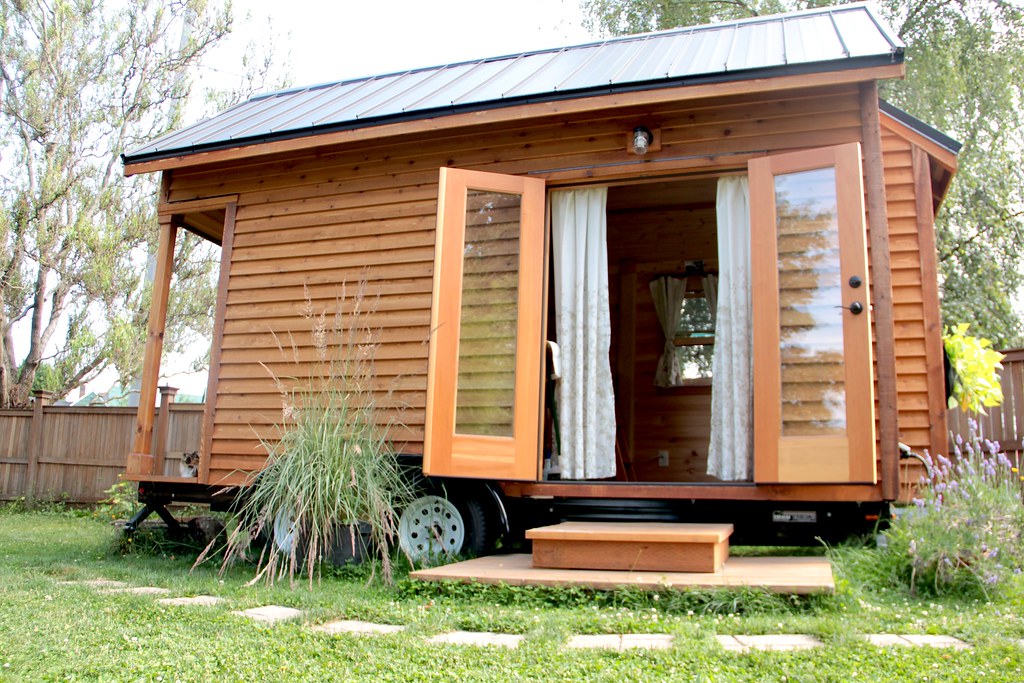
Tiny homes have gained popularity as an affordable and sustainable housing option, but they’re not always welcome in certain states or municipalities. Some regions enforce minimum square footage requirements for residential properties, effectively banning tiny homes. Additionally, zoning laws may restrict where tiny homes can be placed, especially if they’re on wheels and classified as RVs rather than permanent structures.
According to Curbed, states like New York and Iowa have stringent zoning and building code restrictions that make it difficult to live in a tiny home legally. On the other hand, states like Oregon and Colorado have embraced tiny home communities. If you’re considering downsizing to a tiny home, research local regulations thoroughly to ensure compliance.
4. Solar Panels in Certain Areas

Solar panels are an excellent way to reduce energy costs and lower your carbon footprint, but they’re not universally allowed. Some HOAs restrict or ban solar panel installations, claiming they detract from the neighborhood’s aesthetic or property values. While many states have implemented “solar access laws” to protect homeowners’ rights to install solar panels, these protections don’t apply everywhere.
As noted by EnergySage, states like Florida and California have strong laws protecting solar panel installations, while others leave it up to local governments or HOAs. If you’re considering going solar, check your local and state regulations to ensure you won’t face unexpected restrictions.
5. Basement Apartments
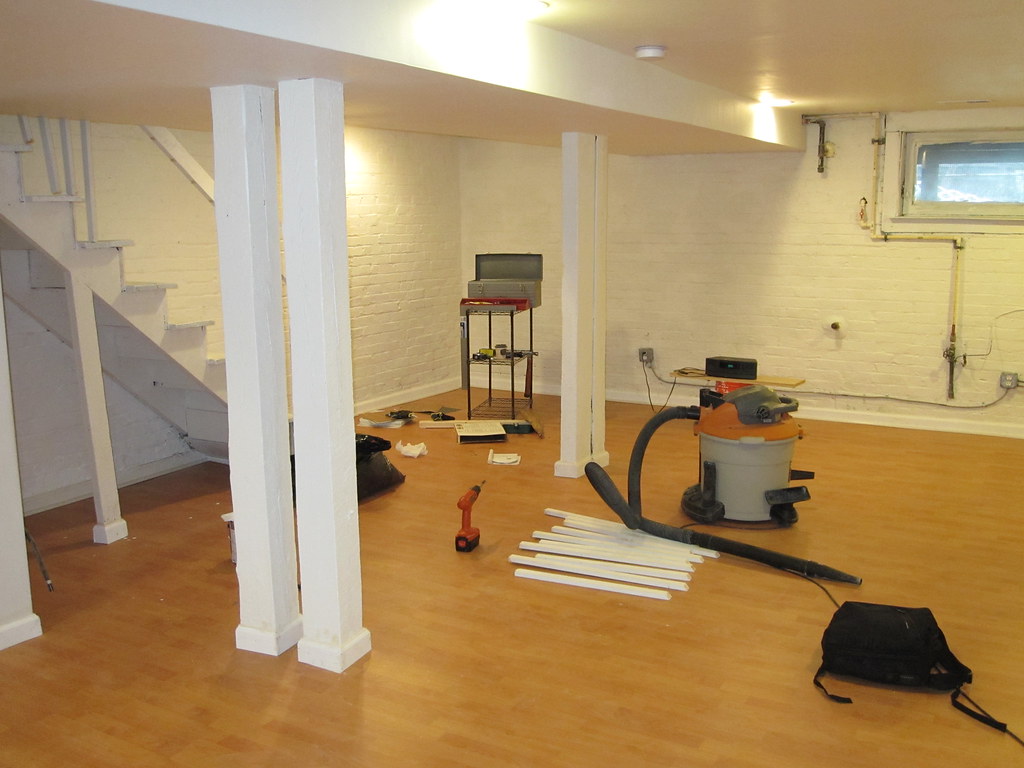
Creating a basement apartment for rental income or additional living space might seem like a smart investment, but it’s illegal in many states and cities. Some areas prohibit basement apartments due to safety concerns, such as insufficient egress windows or inadequate ventilation. Zoning laws also play a role, with many municipalities banning multi-family housing in single-family zones, which often includes basement apartments.
According to The New York Times, cities like New York have strict regulations on basement apartments, often requiring costly upgrades to meet fire safety and building codes. Before converting your basement into a livable space, consult local zoning laws and building codes to avoid hefty fines or legal issues.
6. Second Kitchens
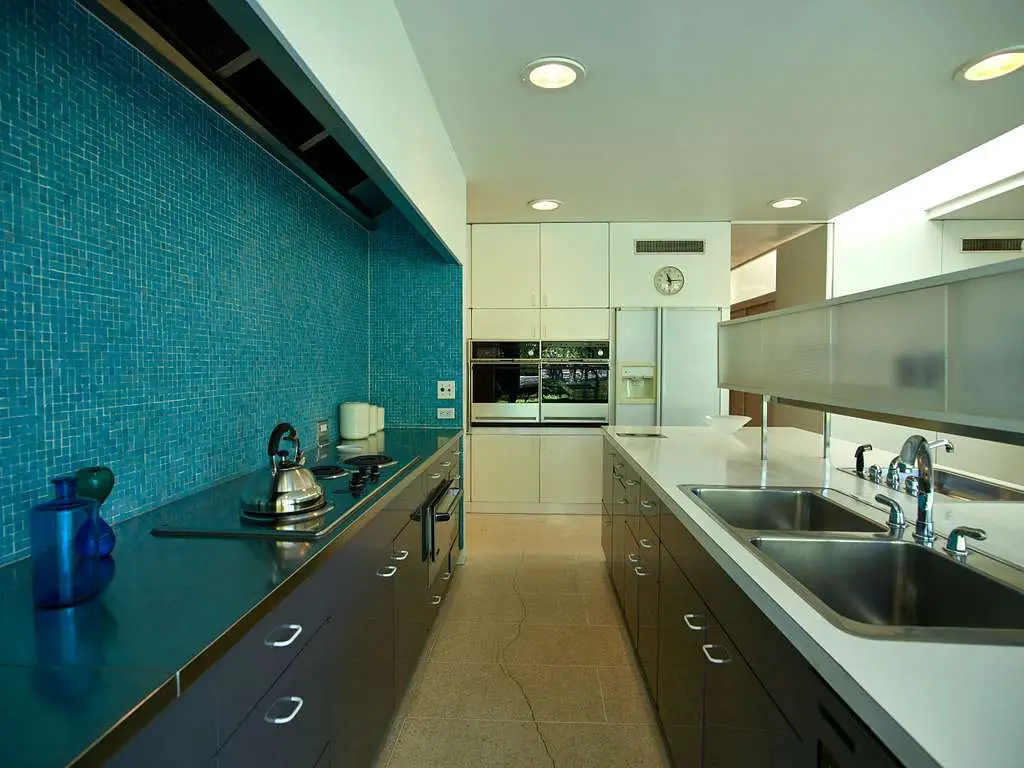
Adding a second kitchen to your home may seem like a practical way to create a separate living space or enhance your culinary setup, but it’s restricted in some states. Zoning laws often limit homes in single-family zones to one kitchen to prevent them from being converted into multi-family dwellings. Homeowners who add a second kitchen without proper permits may face fines or be required to remove it altogether.
As reported by Realtor.com, cities like San Francisco have strict rules about second kitchens to maintain neighborhood density and prevent illegal rentals. If you’re planning to add a second kitchen, be sure to consult local regulations and apply for the necessary permits to avoid complications.
7. Front Yard Vegetable Gardens

While growing your own vegetables is a sustainable and rewarding practice, planting a vegetable garden in your front yard can be surprisingly illegal in some areas. Many municipalities and homeowners associations (HOAs) enforce landscaping regulations that prioritize lawns, flowers, or decorative plants over edible gardens. These rules are often intended to maintain a uniform appearance in neighborhoods but can restrict homeowners’ ability to use their property as they see fit.
According to The Washington Post, cities like Miami Shores, Florida, have made headlines for banning front yard vegetable gardens, sparking debates about property rights and sustainability. However, some states, including Florida, have passed “Right to Garden” laws that protect homeowners from such restrictions. If you’re considering a front yard vegetable garden, check local ordinances or HOA guidelines to ensure compliance.
8. Outdoor Fire Pits
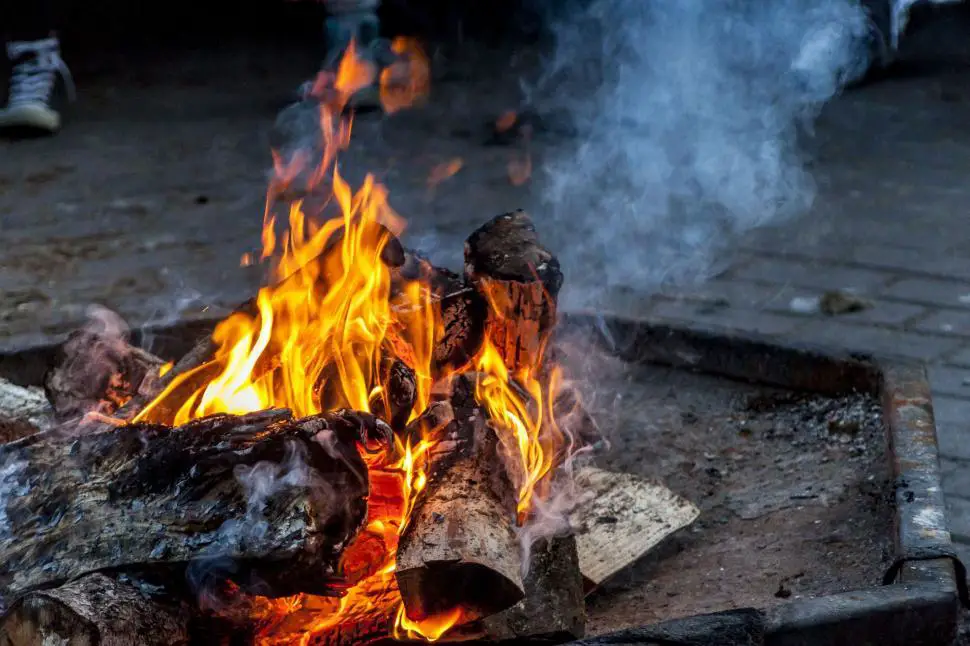
Outdoor fire pits are a popular backyard feature for entertaining and relaxation, but they’re heavily regulated—or outright banned—in some areas. Fire safety concerns, air quality issues, and proximity to neighboring properties are common reasons why fire pits are restricted. In states prone to wildfires, such as California and Colorado, strict fire codes may prohibit open flames altogether.
As noted by HGTV, even in areas where fire pits are allowed, there are often rules about their placement, size, and fuel type. For example, some municipalities require fire pits to be located a certain distance from structures and property lines. Homeowners should consult local fire codes and consider alternative options, such as electric or gas-powered fire features, if open flames are not permitted.
9. Cedar Shake Roofs
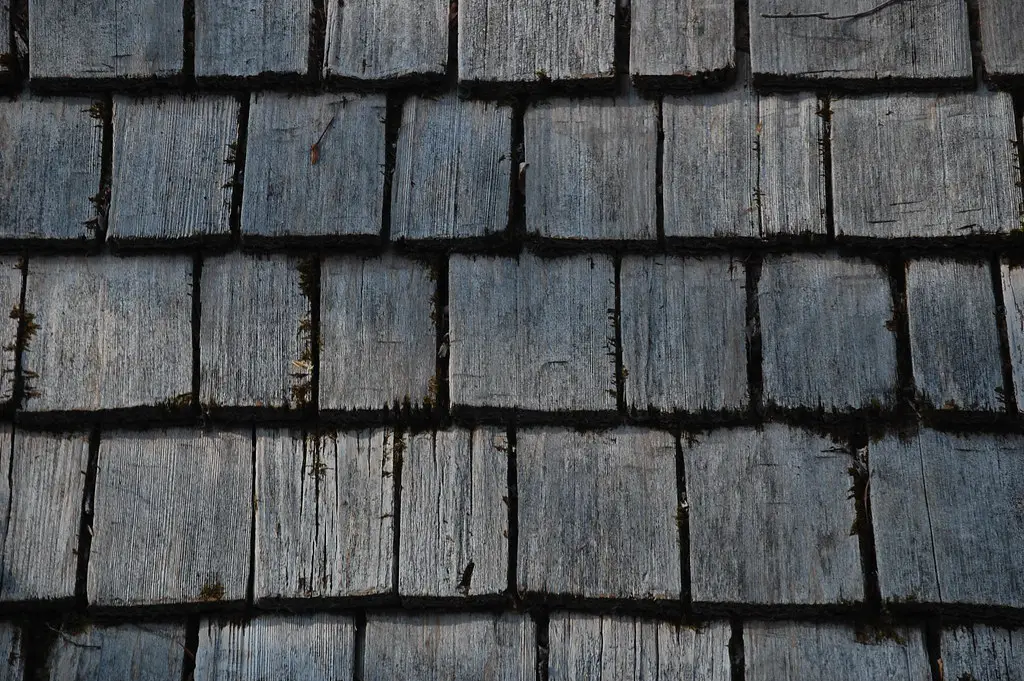
Cedar shake roofs, known for their rustic charm and natural insulation properties, are illegal in some states due to fire safety concerns. These wooden shingles are highly flammable, making them unsuitable for areas prone to wildfires. Over time, some states have enacted building codes that prohibit cedar shake roofs altogether or require costly treatments to make them fire-resistant.
According to The Spruce, California and other fire-prone states have banned or severely restricted the use of cedar shake roofing. Homeowners in these areas are encouraged to choose non-combustible roofing materials like metal, tile, or composite shingles. If you’re considering a roof replacement, check your local building codes to ensure your choice complies with fire safety regulations.
10. Chain-Link Fences

Chain-link fences are a practical and affordable way to enclose a property, but they’re prohibited in some neighborhoods due to aesthetic concerns. Many HOAs and municipalities view chain-link fences as unattractive and believe they can negatively affect property values. As a result, some areas have banned them entirely or imposed strict guidelines on their placement and appearance.
According to Realtor.com, chain-link fences are often replaced with wooden, vinyl, or wrought iron alternatives that align better with modern landscaping standards. If you’re planning to install a fence, review local ordinances and HOA rules to ensure you choose a material and style that complies with regulations.
11. Colored Exterior Lights

Adding colorful lights to your home’s exterior can create a festive atmosphere, but in some areas, this feature is restricted or outright banned. HOAs and local governments may prohibit colored exterior lights, arguing that they can disrupt the neighborhood’s aesthetic or create a nuisance for neighbors. Additionally, certain states have dark sky ordinances designed to reduce light pollution, which can limit the use of any bright or colored exterior lighting.
As noted by International Dark-Sky Association (IDA), many communities enforce strict rules about outdoor lighting to preserve nighttime visibility and reduce energy consumption. Homeowners should check local guidelines before installing colored lights and consider using neutral-toned fixtures to avoid penalties.
12. Large Backyard Structures
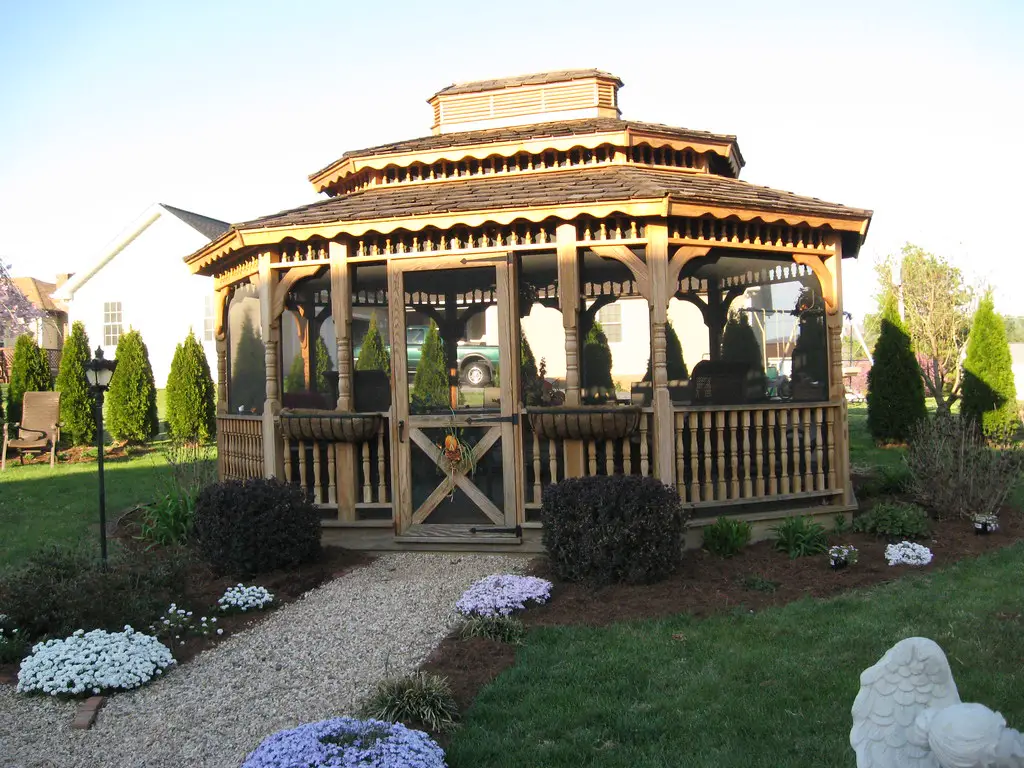
Large backyard structures, such as sheds, pergolas, or gazebos, can add functionality and style to a property, but they’re often regulated by zoning laws and HOA rules. Some municipalities impose height restrictions, setback requirements, or limits on the size of backyard structures to maintain neighborhood uniformity and avoid disputes with neighbors. Building a structure without proper permits can result in fines or forced removal.
According to HomeAdvisor, even small backyard additions may require a permit depending on their size and location. If you’re planning to add a structure to your yard, consult local zoning laws and obtain the necessary permits to ensure compliance with all regulations.
13. Excessively Tall Privacy Fences

While privacy fences are a common way to create seclusion in a backyard, excessively tall fences are often illegal in many areas. Most cities and HOAs impose height limits on fences, typically ranging from 6 to 8 feet, to ensure they don’t block sightlines or disrupt the aesthetic of the neighborhood. Taller fences may require special permits, and exceeding height limits can lead to fines or the need to remove the fence.
As explained by Angi, some cities also have rules about the materials and colors used for fences to maintain consistency in the neighborhood. If you’re planning to install a privacy fence, verify local height restrictions and design guidelines to avoid potential legal issues.
